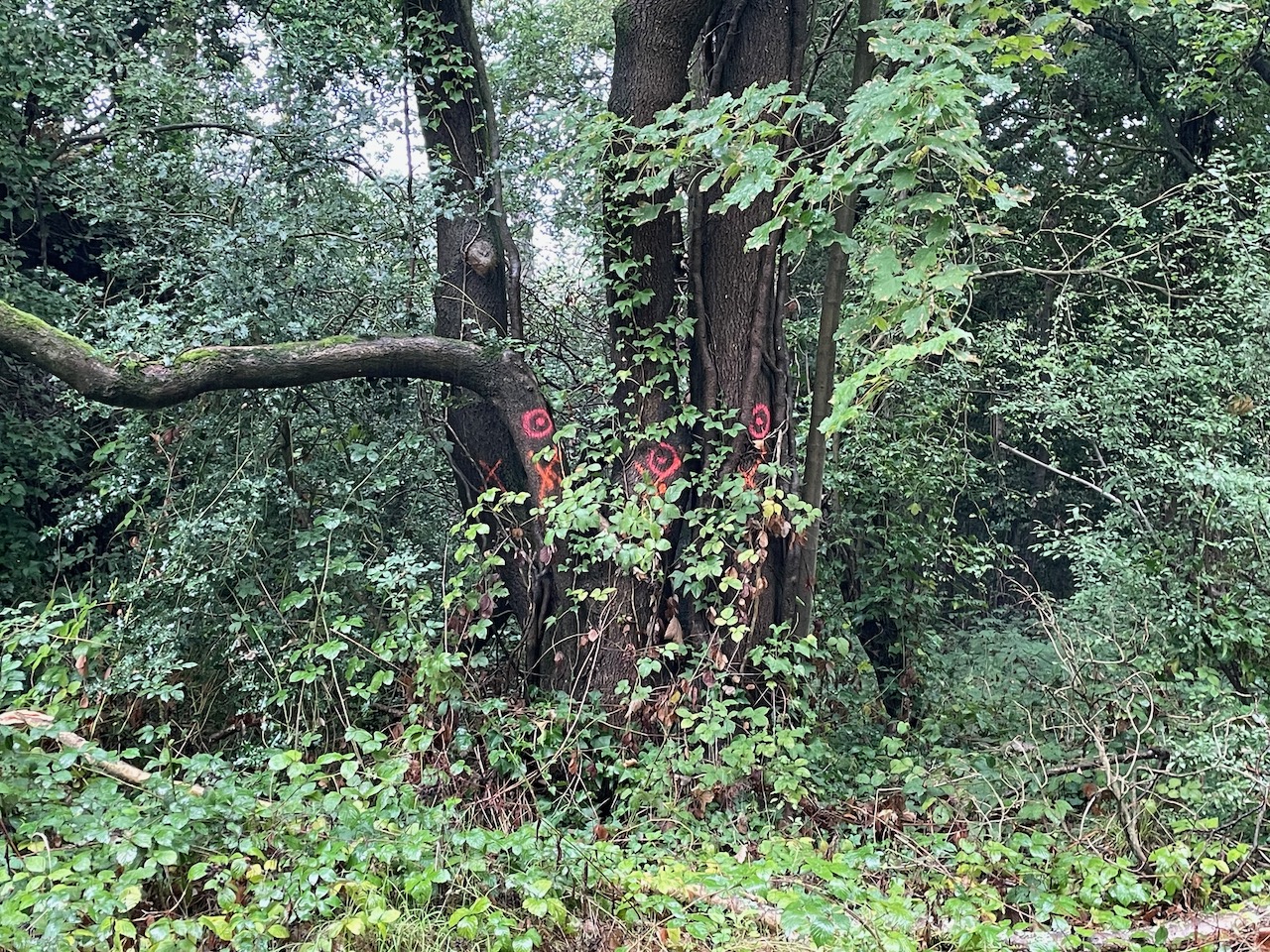MORE than a dozen trees are to be felled on Tunbridge Wells and Rusthall Commons after they were ravaged by disease.
The Conservators of the Commons say ash trees on the 6.7-acre site have been hit with ‘ash dieback’ – a fungal infection that leaves the trees with blackened leaves and discoloured bark.
Ranger Daniel Colborne said that the infection on the Commons, which is an area of Special Scientific Interest and a Geological Conservation Review site, has been ‘severe and rapid, possibly due to additional stress caused by this year’s drought’.
The disease has so far infected 15 trees, and the Ranger is hopeful he has stopped the spread, but the disease has the potential to wipe out all ash trees on the Tunbridge Wells beauty spot.
“There is currently no cure for ash dieback, although some trees have shown resistance,” said Mr Colborne.
“Unfortunately, for safety reasons we have to remove any ash trees that could present a safety risk, as infected limbs could fall onto paths.
“Starting towards the end of September there will be tree surgeons working on trees along the Tarry Path in Rusthall and also on various ash trees across the Commons,” he added.
“Then during the autumn and winter there will be tree surgeons working along the Langton Road, Rusthall Road and along Tea Garden Lane.”
The Ranger explained that he had been monitoring the trees across the Commons throughout the summer, saying that he believes a few trees were showing signs of resistance to the disease.
“If so, I will look to collect seeds from them in order to replant as much as I possibly can with the help of our wonderful volunteers,” he said.
“I must stress that it pains me very much to have to remove so many of these majestic trees from our landscape.
“I will not be removing any trees that do not need removing and will be looking to replace the trees where appropriate with other native trees and hopefully some resistant ash saplings in due course,” he added.
After the felling of the trees, the Ranger says the wood will not go to waste and will be repurposed on the Commons.
“There will be many wood piles in the first instance, and I will be looking to create many habitat piles for insects, birds, frogs and toads etc,” Mr Colborne said.
“The additional light reaching the ground layer will also allow other species to grow with more vigour and so put out more fruits and blossoms. This will mean that we will see an increase in pollinators and birds in the coming years.
“I am looking for volunteers that might be interested in using apps to record the numbers of these species over time across the Commons, so if this is of interest to you, then please do get in touch.”
The Ranger can be found along roadsides near the Commons in a high-vis vest, or for those interested in offering their support please visit twcommons.org.
What is ash dieback?
Ash dieback (Hymenoscyphus fraxineus) is a fungus which originated in Asia.
Its introduction to Europe about 30 years ago has devastated the European ash (Fraxinus excelsior), because native ash species did not evolve with the fungus and this means it has no natural defence against it.
Ash dieback attacks leaves and produces spores, which are spread around the tree in the rain and wind causing more infections.
Despite existing in the UK since the 1970s, the threat from Ash dieback has risen drastically since 2012.
According to the Woodland Trust, the disease is set to kill around 80 per cent of all UK ash trees, which will have a ‘devastating impact on the landscape and the biodiversity of our woodlands, as well as a major loss in connections between habitats as we lose hedges and individual trees outside of woods’.
It advises visitors to areas affected with ash dieback to:
Clean shoes before and after visiting a wood
Avoid taking cuttings or plant material from the countryside
Wash your car or bike wheels to remove mud or plant matter








